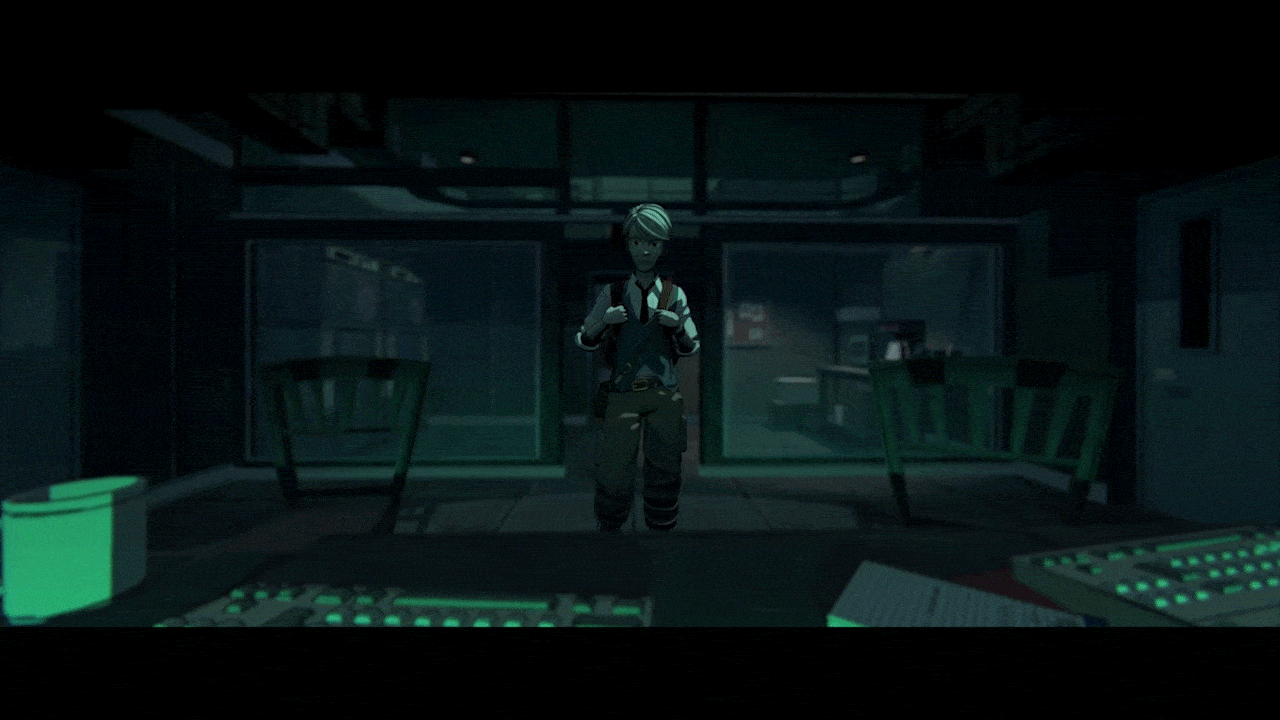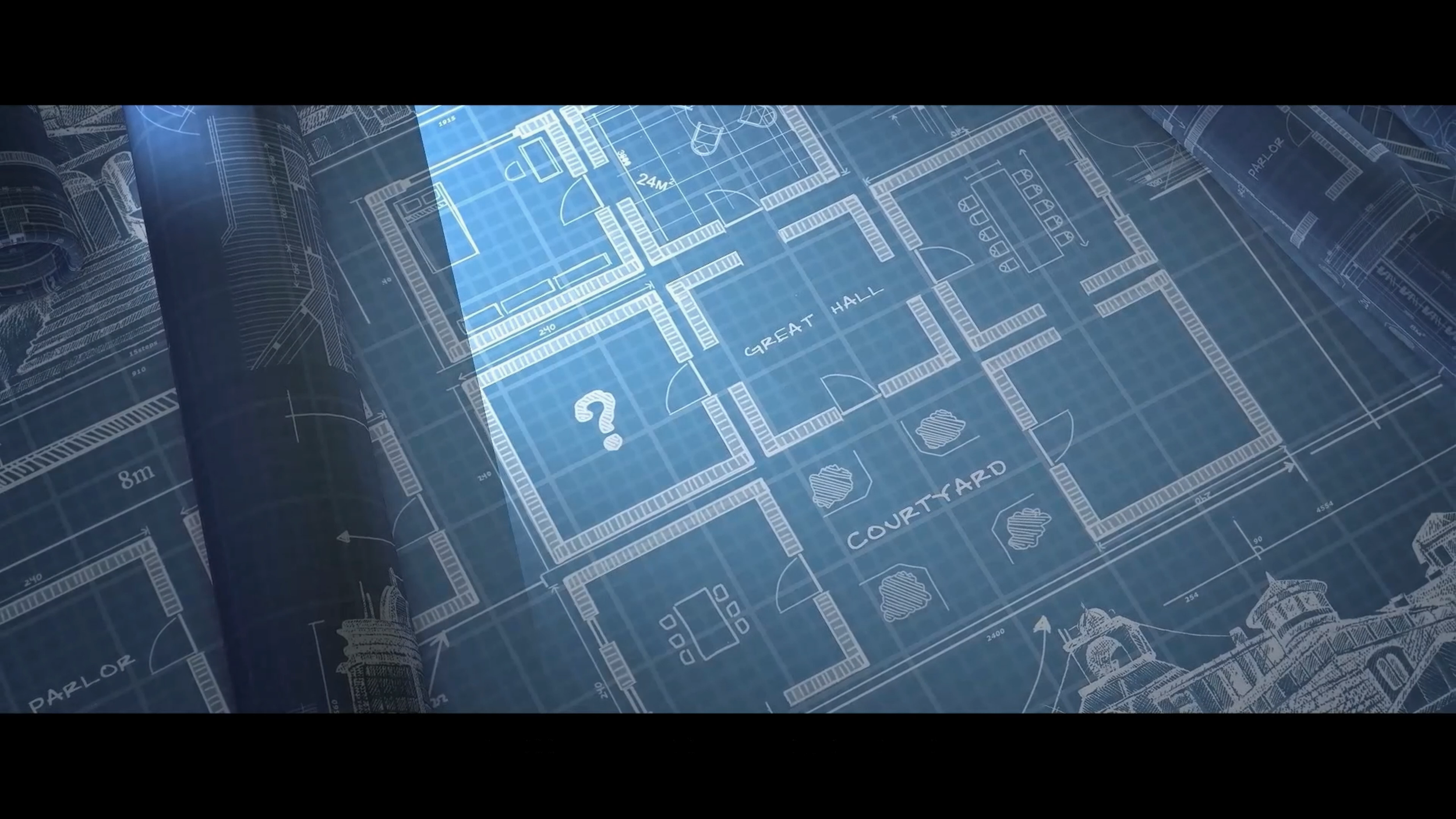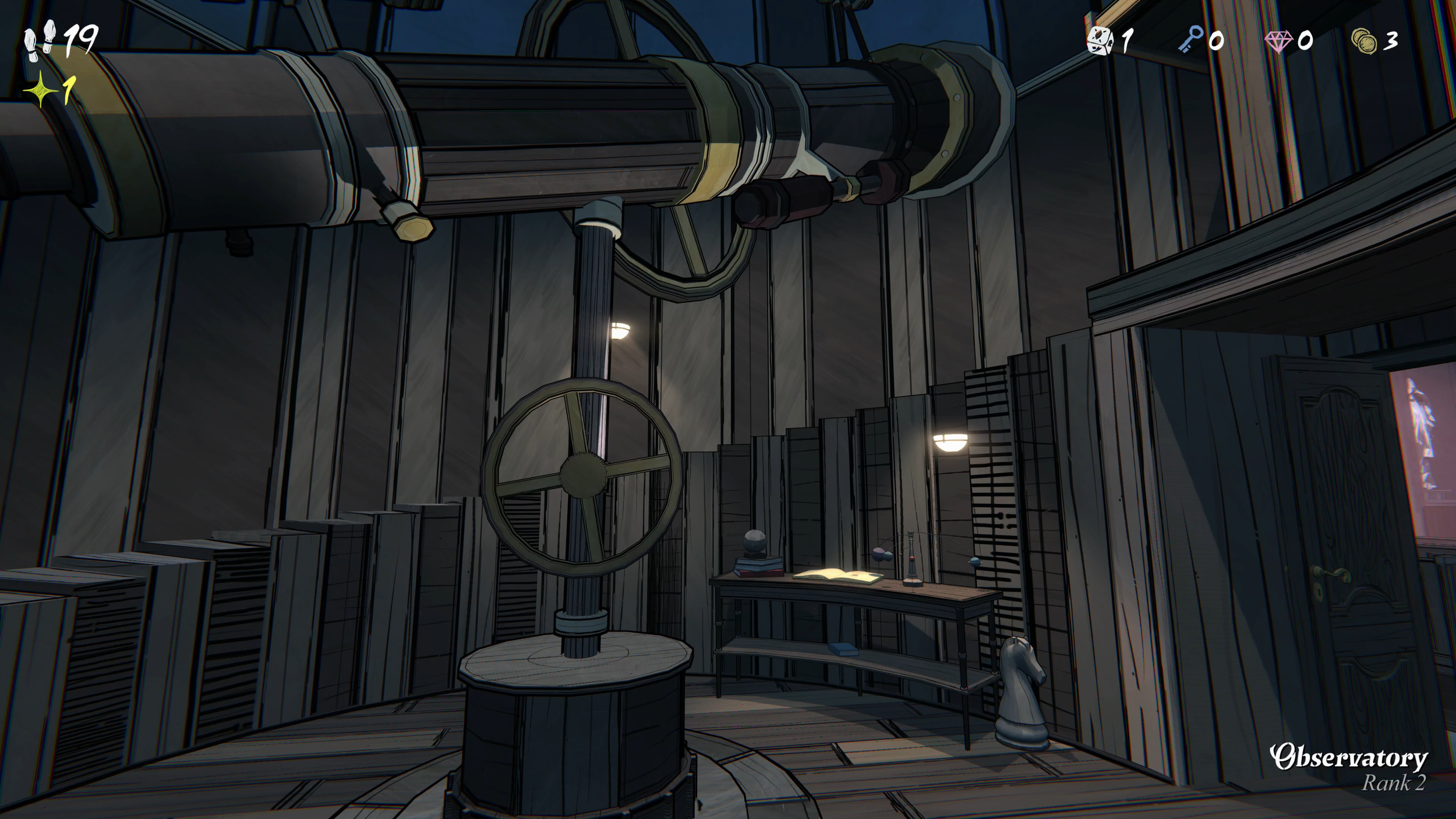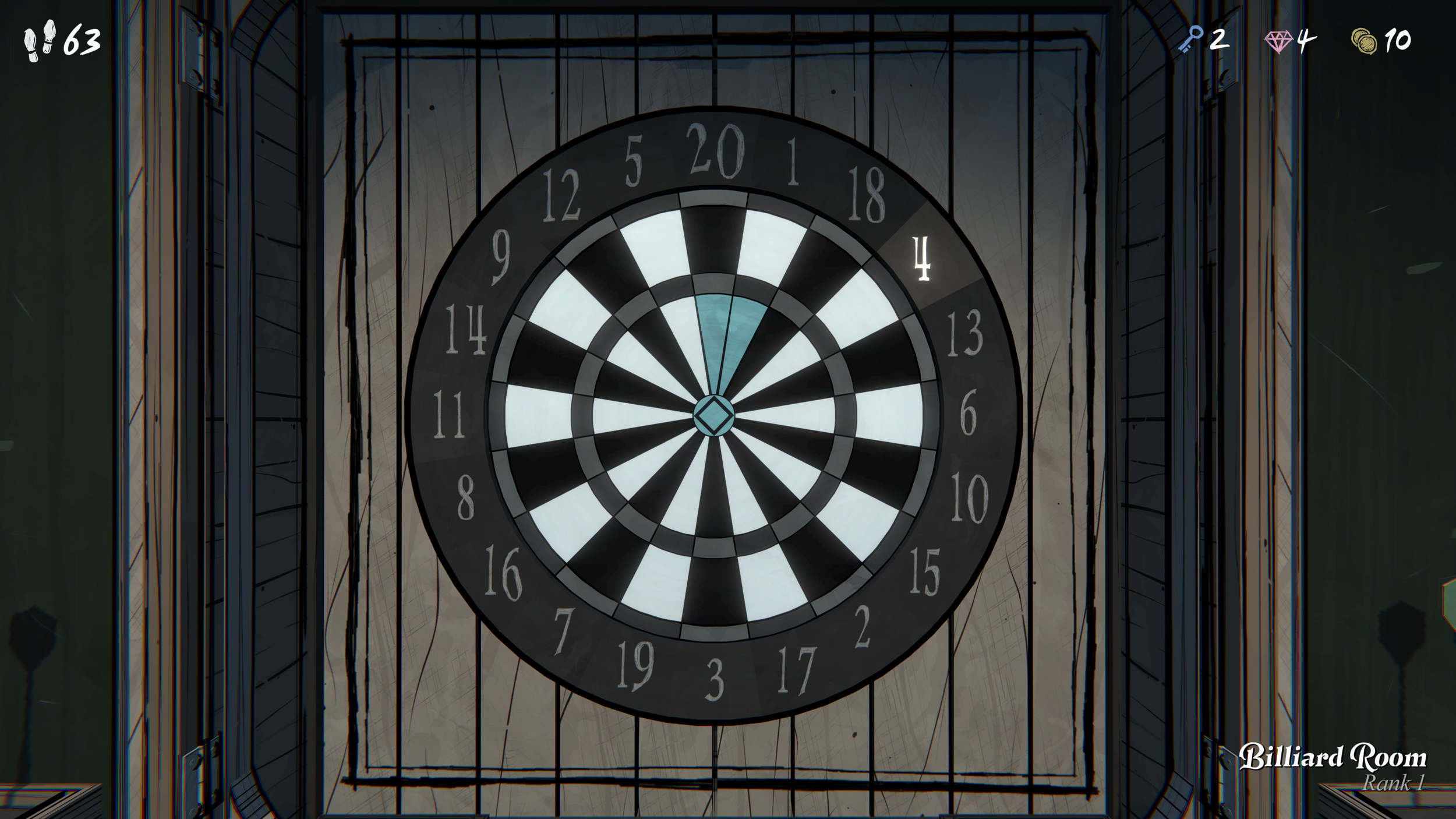Blue Prince Quick Review
Written & Produced by Devin M. Gabriel (Sage)
Blue Prince is a puzzle-roguelike where you play a character named Simon, who is given the opportunity to explore a mansion that belonged to his recently deceased uncle. This mansion is referred to as the Mt. Holly Estate. If Simon is able to reach a rumored room called Room 46, he gets to keep the house and everything within it. The one problem you face is that Room 46 is hidden, and the inner layout of the estate magically shifts. Each day you must use a technique called “Drafting” to place randomly given rooms to accomplish the main goal. It doesn’t stop there, as each room has a puzzle or gimmick that will aid you on your journey and each room contains a clue to a larger puzzle, if you’re clever enough to realize it.
There was a lot of fanfare for this game when it was originally released earlier this year. Many of my developer friends kept mentioning it. They talked about how they were taking notes, addicted to building rooms, and finding connections in odd places to something much larger. Every week, someone new brought it up to me. I’m so grateful for their fervent praise because when I began playing and learning, the praise met the expectation. I became just as addicted as my peers.
When I started this game, I knew I had only twelve days before I would stop to play Borderlands 4. So I took every play session seriously and kept running the game over and over again. This game is a perfect showcase of how players should experience that “lightbulb moment” during their discovery and learning process. There was always something new with each run that intrigued me and made me think, “This will be relevant later, let me write this down.” I truly believe the developers of this game have mastered that aspect of game design. Additionally, their ability to show discovery while turning it from small skill checks into large ones is what surprised me the most. The logic puzzles constantly evolve, becoming wittier and more clever as you progress, but they’re all built on the foundation of a simple puzzle you may have encountered hours earlier.
This design philosophy extends to non-puzzle rooms as well. The developers take a simple memory test of items and resources and ask the player, “Do you remember what could be here, based on your situation?” And if so, “Do you know how to fit your current status into the larger board that you have semi-control over if you draft well?” At first, you’ll feel only chaos but you’ll learn and grow into this mindset, and eventually that chaos becomes malleable. You’ll feel like a psychic reading tea leaves once you reach this point.
While the chaos and puzzles are fun, I would warn players that there will be puzzles that can only be described as MEGA BRAIN-BUSTERS. These took me hours of real-world time and days of in-game time to even consider.
[SPOILER FOR AN EXAMPLE, SCROLL FOR SPOILER END]
You can unlock a special room that exists outside of the mansion. Several unique rooms can be drafted here, one being a room called “Tomb.” When I first unlocked this room, I was confused about why it existed. I pondered run after run on its purpose. I didn’t think much of it, as additional story elements within the cemetery didn’t leave me with much to chew on for puzzles at first. While I continued exploring the inner part of the mansion and constantly failing, I drafted a room called “Chapel.” This was a painful room, as you lose money every time you enter and with gold being a valuable resource for other in-game mechanics the usage of this room could add up.. While other rooms had larger puzzles or connective narrative tissue, I couldn’t figure out the purpose of this “Chapel,” other than it existing to punish me for not praying enough.
A lightbulb moment hit me when I drafted the “Tomb” again and looked around once more. My thought process was this: “There’s always money here for me to collect, and there’s always money taken away from me in the Chapel. Maybe they’re connected because of that and even more so because they reflect life and death.” I ran back inside the estate, and with some luck, the opportunity to draft “Chapel” appeared. On the walls of the “Chapel,” stained-glass imagery of characters wielding objects appeared with numbers above them. I noted this information and ran back to the “Tomb,” realizing the statues matched the “Chapel.” Each statue had a switch. I matched each switch-flip order with the corresponding numbers above the statues in the “Chapel,” and a secret door revealed itself, leading down a unique path that continued the grand mystery of this estate.
[SPOILER ENDS HERE]
My one spoiler is just a small example of the hidden puzzles that lead to even greater ones. This game’s unconventional approach to puzzle design is truly magical. While the gameplay is fun and interactive, there’s also an underlying narrative found through logs and notes. I didn’t explore the story deeply enough, but what I absorbed from my runs was enough to make me want to watch videos on it which I eventually did. If you don’t have this game yet, please go buy it. Support these developers! While I paid a small discounted price during Steam’s Summer Sale, I fully agree with the price set by the team. Paying full price is more than fair for the amount of fun you can have. It honestly feels like robbery.





